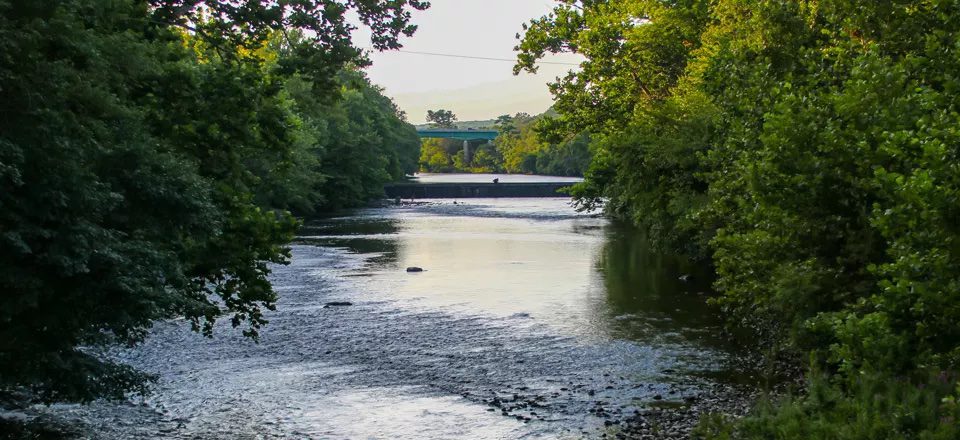The “biggest little state in the Union” might seem like it wouldn’t have too much to offer, see, or do. After all, isn’t Rhode Island just the answer to most Americans’ grade school trivia question when asked to name the smallest state in the country? Not at all!
There is so much more than meets the eye in “Little Rhody.” Indeed, Rhode Island was and is still a unique place with a rich history, unlike many of its contemporaries.
“The Ocean State” was first settled by Roger Williams, a refugee from the Massachusetts Bay Colony who fled religious persecution and founded Providence as a safe place for religious liberty. In 1636, on land purchased from local Tribes, Williams established the first explicitly secular government in the “new world.” This humble and brave beginning would soon blossom into a home for religious and political dissenters. It would grow into a territory and state referred to as “Rogue’s Island.”
A few significant firsts would follow for Rhode Island and the young country that would become America.
For instance, it was the first colony to call for a Continental Congress in 1774 and the first to reject its allegiance to the British monarchy in May 1776. Rhode Island proves the maxim: don’t mess with the little guy!
This pioneering spirit and fierce independent streak served Rhode Islanders well during the Revolutionary War and through the centuries as the country grew around it and away from it westward. Remnants of its hardscrabble beginnings and rich history remain alive and well within its relatively small boundaries.
Below are some must-see spots when stopping in to “Rogue’s Island”:
Roger Williams National Memorial: This national memorial in Providence commemorates the life and history of Rhode Island’s founder Roger Williams. A genuinely singular character in his time, Williams was one of the first activists for religious freedom and freedom from religion in official state business. Because of these “radical” beliefs at the time, Williams was banished from the Massachusetts Bay Colony and subsequently formed his settlement in present-day Providence, where this National Memorial now stands. Williams made the early Rhode Island territory a haven for all who would come to worship as they saw appropriate without oversight or interference from the state. Stop in and learn more about this impressive historical figure and the legacy he left behind.
Old Slater Mill National Historic Landmark: The first viable textile mill in the U.S. can be found at this national historic site near Pawtucket Falls in Rhode Island. A local merchant named Moses Brown founded it on the shores of the old falls. But it wasn’t until Brown hired a recently transplanted Englishman named Samuel Slater that the mill began to take shape. Using his background as a textile worker in his native England and his natural ingenuity, Slater oversaw the exponential growth of his namesake mill and the burgeoning textile industry. Today the old mill still stands, and visitors can learn all about its founding, history, industry, and country that it influenced.





